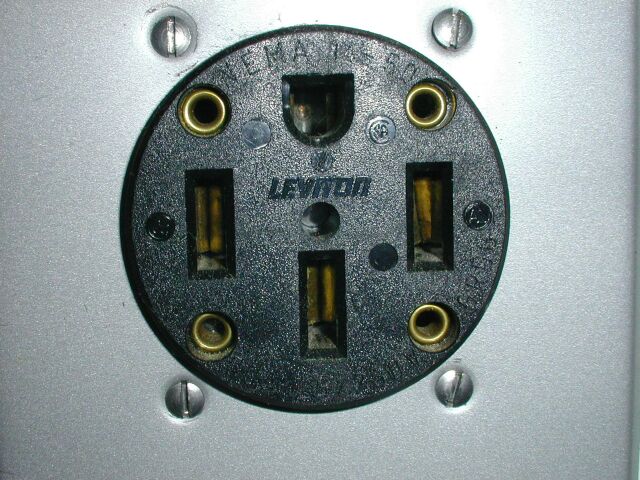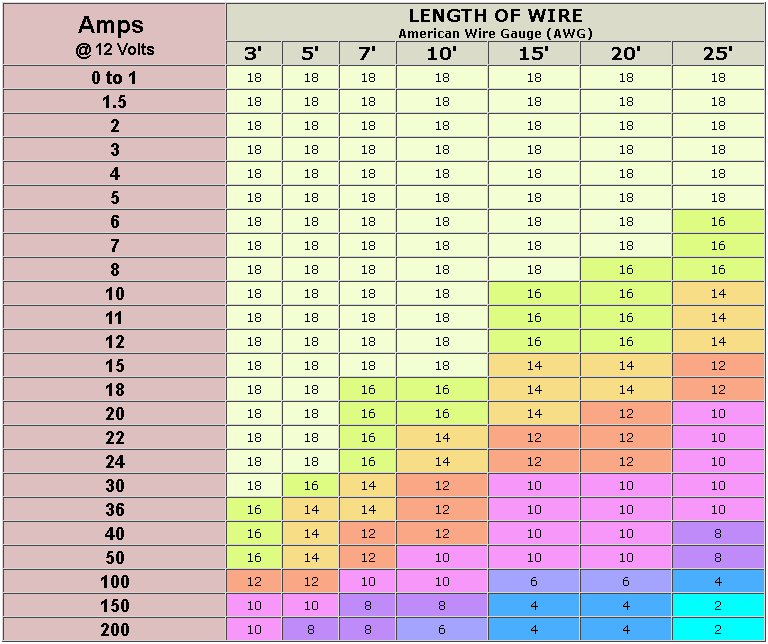

The ground wire helps reduce the possibility of electrical shock. And on a 50-amp cord, the ground is here. And the number three represents the number of wiresĪny extension cord you use on your RV needs to have a ground wire, which on a 30-amp cord, the ground wire is here. The way you read this is the number 14 represents the gauge of the wire, what we just discussed. Now that we know AWG is the gauge of the wire, let’s go a little further. So, for RV applications, you want a lower AWG number with a higher rated capacity to get the electrical power to the RV. And vice versa, the higher the AWG number is, the wire thickness is less and the rated capacity is lower.

The lower the AWG number is, the thicker the wire used in the extension cord is, and the higher the rated capacity is. AWG stands for American Wire Gauge Rating. If you look right here, you see the letters AWG. Outdoor extension cords have a thick covering of additional insulation like this one.įirst, let’s talk about how you can determine the capacity of an extension cord. Avoid using an indoor extension cord outside.

Regular household extension cords are manufactured for either indoor or outdoor use. Extension cords are for temporary use and should not be used permanently. But understanding what type of extension cord to use on your RV is important.Ī couple points I would like to make before we really dig into the topic are always make sure you have good connections when you’re using an extension cord, and always keep in mind you should only use an extension cord when it is absolutely necessary. Let’s get started.Įxtension cords are convenient when the RV’s power cord is not long enough to reach the power pedestal. This information can be helpful at home and on RV trips. Today’s topic is understanding RV extension cords. Hi, I’m Mark Polk with RV Education 101, and I would like to welcome you to RV 101: Understanding Your RV.


 0 kommentar(er)
0 kommentar(er)
